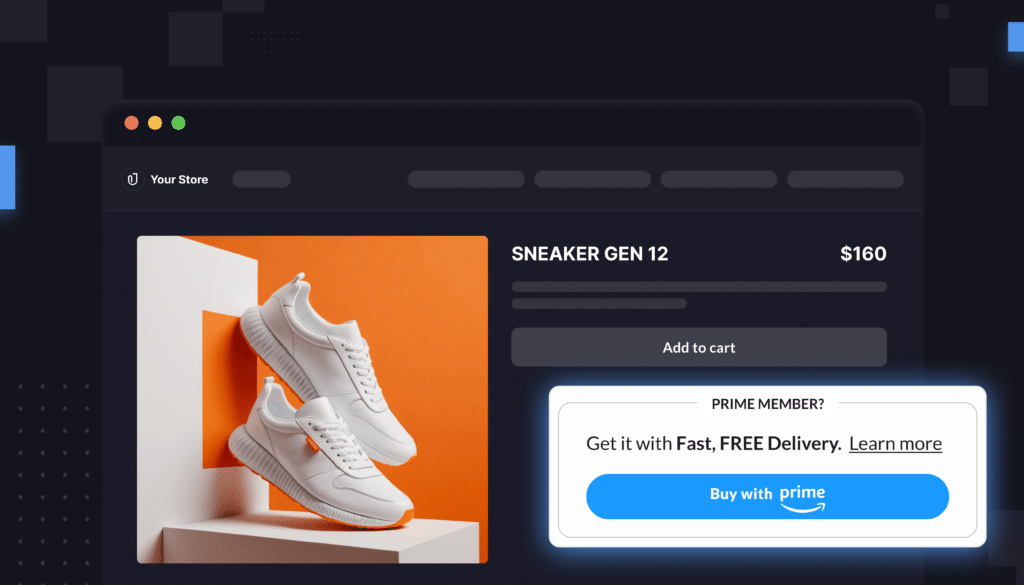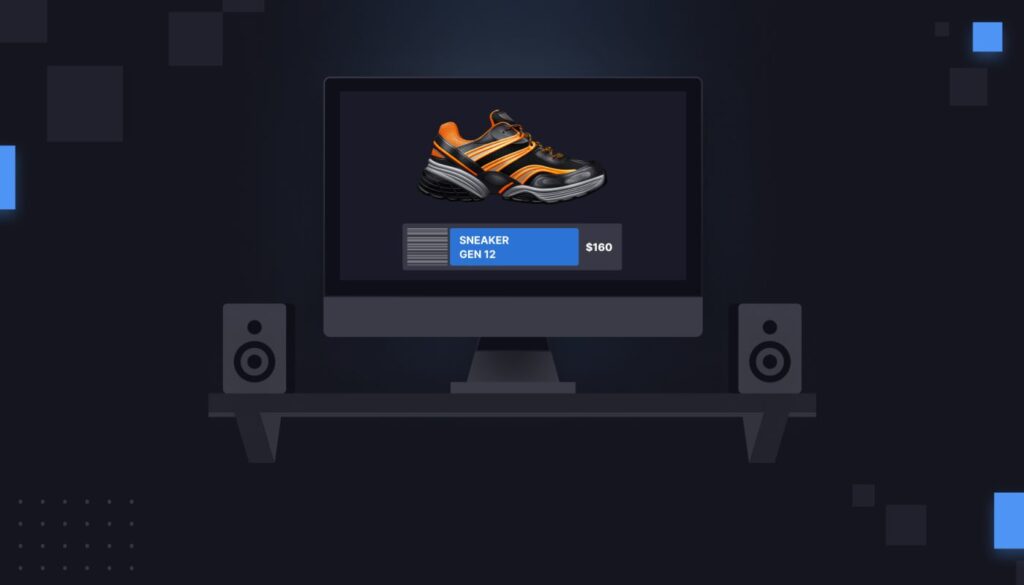As someone working with ecommerce data, you might think unlocking Amazon data is as simple as connecting to Amazon’s APIs. Unfortunately, you’d be wrong. At Intentwise, we have built a complex suite of solutions—Intentwise Analytics Cloud, Intentwise Ad Optimizer, and Intentwise DSP—to help brands, agencies, and aggregators better manage their data strategies. Through this process, and in our many, many conversations with professionals like you, we’ve learned a few things. Whether you intend to build your own internal Amazon data infrastructure, or you’re shopping for an off-the-shelf solution like ours, here are three important lessons we’ve learned that may help guide your decision-making.
Amazon’s API connections need constant TLC.
You likely have a simple ask of your ecommerce data reporting system: give me accurate data at a reliable time. Integrating with Amazon’s APIs is the first, and easiest, challenge. Once you make the initial connections, you must be able to react and adapt to API changes and occasional data gaps.
In 2022 alone, Amazon’s data landscape has changed dramatically. Amazon released a whopping five versions of the Sponsored Ads API this year. Amazon Marketing Stream and Amazon Marketing Cloud present new challenges in integrating that data as well as an abundance of growth opportunities. Amazon released APIs for Vendor Central in March. The list goes on and on.
While Amazon is sharing a ton of information with brands and sellers, the wealth of data requires ongoing investment to keep up with these APIs. It’s crucial that your data pipelines are comprehensive. If you are building a system internally, expect constant change and new updates throughout the year—it’s not a simple one-and-done connection to Amazon’s APIs.
Data errors are a given. Plan for them.
Although a future in which data is clean, reliable, and on-time would be ideal, the reality is that data errors are normal. This year’s Black Friday spend numbers, for example, were under-reported throughout the day. There have also been multiple instances in which reported data is either inaccurate or incomplete, only to be corrected a few days later.
While you’ll never control all elements of data quality, you can build systems to proactively and quickly detect problems, notify stakeholders, and take steps to address the issue. At Intentwise, we have multiple contingency plans based on the type of outage and the stakeholders needed to solve the issue. If you are building your own data solution in-house, plan for the resources and processes you’ll need to handle the inevitable data errors.
Infrastructure can slow as data grows.
Here at Intentwise, we believe there’s no such thing as too much data. But if your data infrastructure isn’t set up to scale and handle more and more data, you could run into issues like slow or non-comprehensive dashboards down the road, which could be costly. As you scale, you can maintain fast and accessible data by:
- Keeping your data organized and connected.
- Enriching your data with additional information, especially those that require calculations or third-party reference data such as currency conversion rates and product groupings, will save you time in the long run.
- Planning for features and metrics you’d like to include in your future data strategy.
The necessary approach to data collection, enrichment, and visualization starts with connecting to all relevant APIs, but it goes beyond that. Setting up teams and processes to validate the data, enriching the data by combining multiple disparate data sets together, and adding new information to the data will set you on your way to a scalable, actionable, and fast data-stack to grow on Amazon.
Interested in learning more about how Intentwise Analytics Cloud helps accelerate your Amazon data strategy? Schedule a demo.








